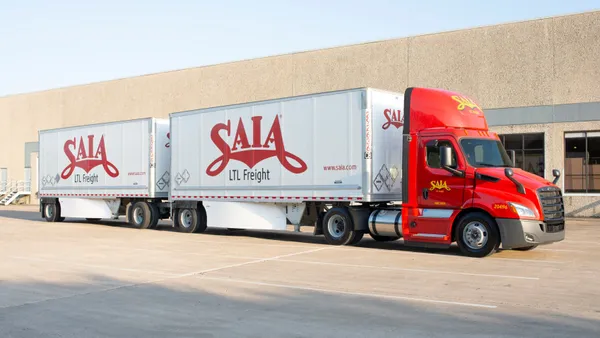Dive Brief:
- 2017 will see approximately $22 billion worth of industry investment in privately owned U.S. railroads, the Association of American Railroads stated last week.
- The $22 billion – or roughly $60 million per day – involves improving not only tracks and locomotives, but also technology determined to improve safety.
- Among U.S. industries, freight railroads make capital expenditures six times greater than the average manufacturer. Recent statistics reveal that freight railroads also generated almost $274 billion in economic activity; $33 billion in state and federal taxes, and nearly 1.5 million jobs in 2014.
Dive Insight:
The railroad industry invests heavily in itself, but in varying degrees, leading to uneven improvement rates. Since 1980, railroads have spent more than $600 billion on themselves, yet there remain areas where upgrades are not only needed, but required.
Full implementation of Positive Train Control (PTC) technology, which aims to avoid head-to-head collisions, is due by the end of 2018, yet just 38% of freight locomotives are equipped, with only 12% of route miles PTC enabled — although 78% of radio towers have been installed and 50% of freight operators have been trained. Among Class I railroads, only BNSF has implemented the technology in over 40% of its locomotives.
So while the railroad industry certainly invests heavily in maintaining its own infrastructure, the investments may not be enough. A recent list of "high priority" infrastructure projects released by the Trump administration reveal just 3 rail projects of the total 50 accounted for 18% of the $137.5 billion in funding requested from the federal government. In other words, while $22 billion a year may seem like a lot, it is but a drop in the bucket for the infrastructure needs of the rail industry.
No wonder the Association of American Railroads has come out in strong support of the Trump administration's $1 trillion infrstructure plan, and nominee Elaine Chao. The challenge, however, will be balancing the nation's passenger rail needs with the freight rail needs — a long-standing division among railroads when requesting additional funding.













